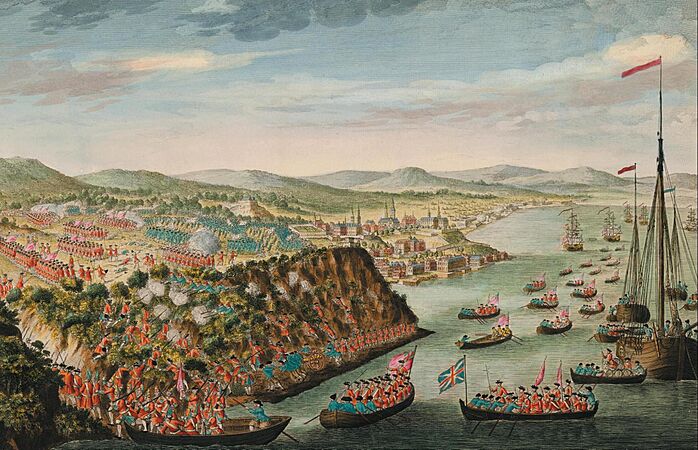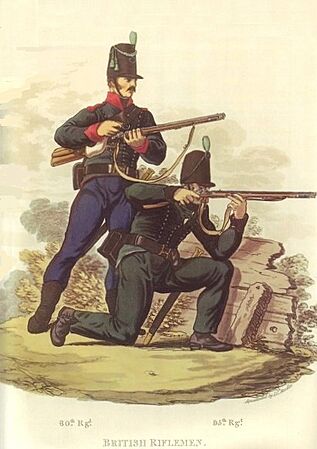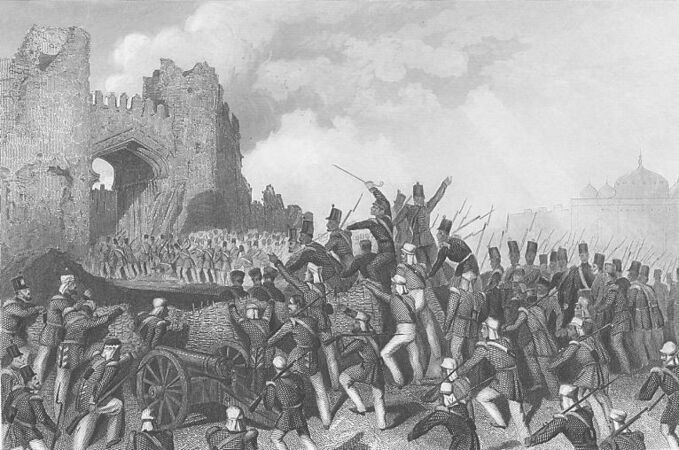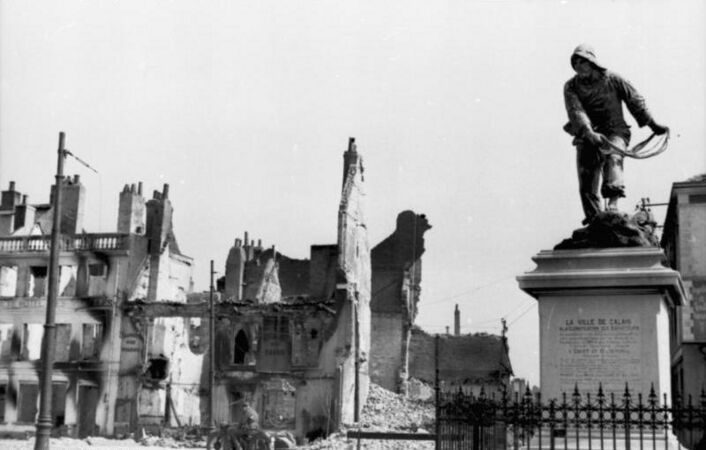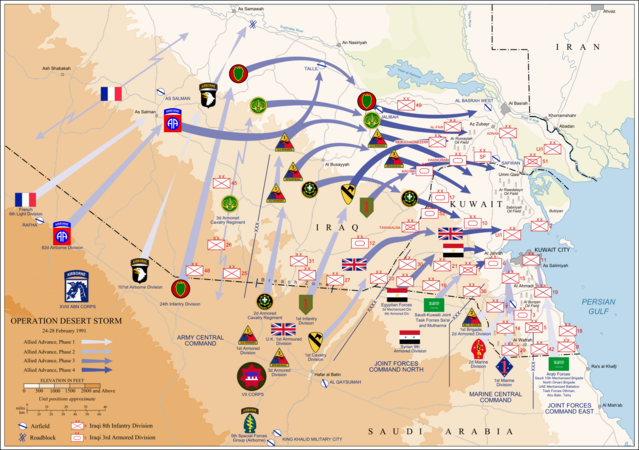The Rifleman's Museum facts for kids
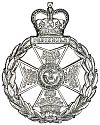 |
|
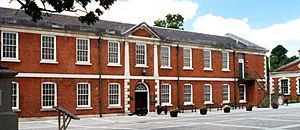
Front of the museum
|
|
| Lua error in Module:Location_map at line 420: attempt to index field 'wikibase' (a nil value). | |
| Established | 1989 |
|---|---|
| Location | Peninsula Barracks, Winchester |
| Type | Regimental museum |
The Rifleman's Museum is a fantastic place to learn about military history! It's located in Winchester, England, at Peninsula Barracks. This museum is one of several military museums you can visit in Winchester. It used to be known as the Royal Green Jackets (Rifles) Museum.
Contents
A Look Back: The Museum's Story
This museum brings together amazing collections from several famous army groups. These include the Oxfordshire and Buckinghamshire Light Infantry, the King's Royal Rifle Corps, and the Rifle Brigade. These groups later joined to form the Green Jackets Brigade in 1958. Then, in 1966, they became the Royal Green Jackets Regiment. The museum officially opened its doors in December 1989. The Queen, who was a special leader for the regiment, opened it herself!
What You Can See: Amazing Exhibits
The museum has many exciting displays that tell stories from different times in history.
The Battle of Waterloo Exhibit
One of the main exhibits is called "With the Rifles to Waterloo." It opened in 2015 to celebrate 200 years since the Battle of Waterloo. This part of the museum focuses on the Napoleonic Wars. You can find interactive displays and even try handling replica weapons. It shows how the Experimental Corps of Riflemen started in 1800. This group later became the 95th or Rifle Brigade. You'll also learn about the Light Division, led by Sir John Moore, during the Peninsular War.
A huge diorama is the star of this exhibit. It's a 25-square-meter model of the Waterloo battlefield. It has 30,000 tiny model soldiers and horses! A special sound and light show helps you imagine the fighting on June 18, 1815. You can also see original medals from that time, which even spell out 'WATERLOO'.
Early Years and Brave Soldiers
The museum also has an "Early Years Section." This part tells the story of the Royal American Regiment. This group was formed in North America in 1755. You can learn about the Siege of Quebec and the Indian Mutiny.
Heroes and Their Medals: The Victoria Cross
There's a special display called "For Valour" about the Victoria Cross. This is the highest award for bravery in the British military. The museum shares the personal stories of 59 soldiers from these regiments who earned this incredible medal.
From World Wars to Modern Times
You can also explore displays about the two World Wars. These include stories from the Siege of Calais in May 1940. You'll also learn about the defense of Outpost Snipe in October 1942. Another brave action shown is at Pegasus Bridge in June 1944. The museum also covers more recent history. This includes the Cold War, operations in Northern Ireland, and United Nations missions in Bosnia and Herzegovina. You can also learn about the 2003 invasion of Iraq.
Victoria Crosses at the Museum
The museum proudly holds 31 of the Victoria Cross medals. These were awarded to brave soldiers from the regiments that formed the museum's collection. Some of these heroes include:
- Private Henry Addison, 43rd Regiment (from the Indian Rebellion)
- Company Sergeant Major Edward Brooks, 2/4th Battalion, Oxfordshire & Buckinghamshire Light Infantry (from the First World War)
- Bugler Robert Hawthorne, 52nd Regiment (from the Indian Rebellion)
- Lieutenant Colonel John Henry Stephen Dimmer, 2nd Battalion, KRRC (from the First World War)
- Sergeant Henry Smith, 52nd Regiment (from the Indian Rebellion)
More Pictures from the Museum



